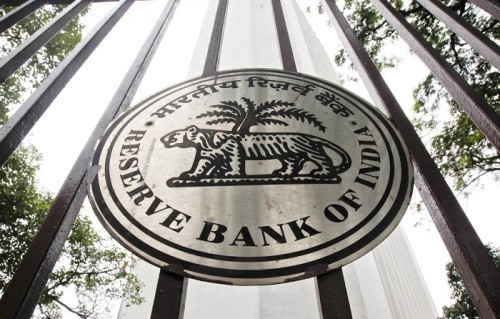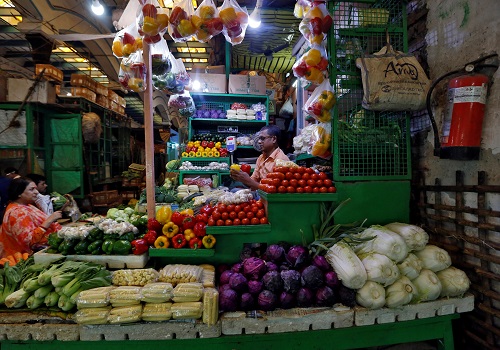Revenue of leather apparel, accessories sector set to decline 7-8% in FY24: Crisil

Follow us Now on Telegram ! Get daily 10 - 12 important updates on Business, Finance and Investment. Join our Telegram Channel
Crisil Ratings in its latest report has said that revenue of the Indian leather apparel and accessories sector, including bags, belts and harnesses, is set to decline 7-8 per cent in fiscal 2024 because of a slowdown in global consumer demand, despite benefits from a depreciating rupee. It noted that around 85-90 per cent of the production by the $2.25 billion Indian leather apparel and accessories industry is exported. It added that Europe and North America account for 75 per cent of the shipments.
According to the report, in the current financial year (FY23), revenue is expected to be flattish after the robust performance last fiscal, riding on strong demand-rebound, which had taken it beyond the pre-pandemic level. Demand for discretionary goods in key export markets - essentially the advanced western economies - has been shrinking because of pinching inflation and rising recession fears. Though domestic demand for the leather apparels and accessories segment remains resilient, the overall sectoral revenue is seen declining in the medium term. It further said declining demand has restricted the ability to pass on increased cost.
The report also stated that realisation for leather garments shrank 9 per cent year-on-year in the first half of this fiscal. However, raw material cost, especially hide and chemicals, has surged 400-500 basis points and remains sticky as hide availability has continue to be constrained over the years due to curbs on unlicensed and smaller suppliers. It said the overall impact on profitability would have been bigger but was arrested due to the depreciating rupee, given that sales are export-oriented, while the majority of raw materials are procured domestically.










More News

CPI breached the upper tolerance band of RBI again at 6.52% higher than the market expectati...













